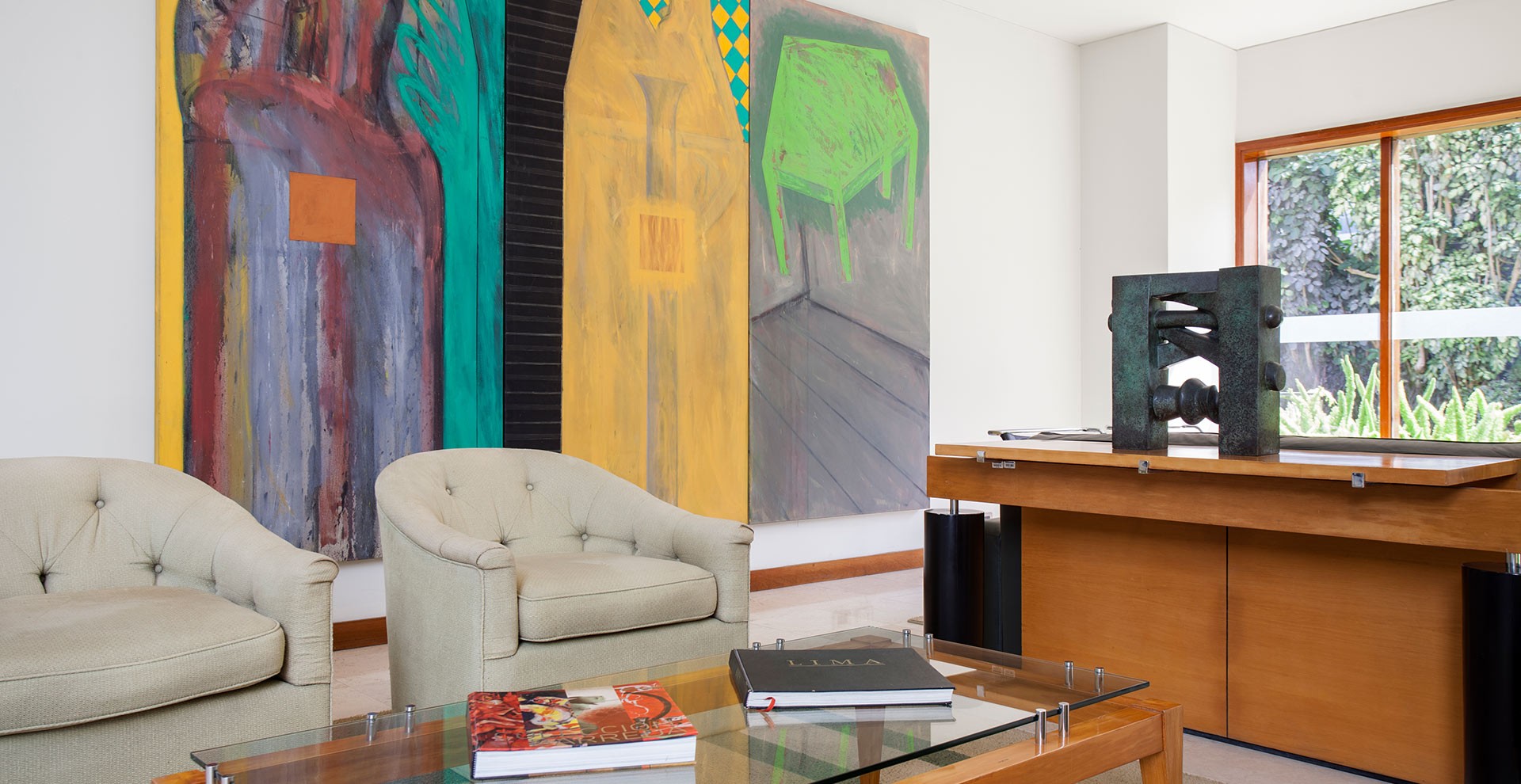Legal importance of the use of a trademark in a different form to the one it was registered

Published byBarreda Moller

The passing of time is an important factor in the life of a trademark since it positions and consolidates the trademark in the market. Nevertheless, strengthening its image may require in many cases its modernization or updating in consonance with the market changes and with marketing modern techniques to make it more attractive, since it will have an effect on a better commercial impact.
This last aspect has to be analyzed and managed with utmost care since the modification of a trademark may alter its identity creating a different trademark; in such a case, its registration can be cancelled. Then, what is important is to keep the basic features of the registered trademark, those which confer it identity as a trademark, in order that the original version and the modern version maintain the same commercial impression.
The subject becomes complex when determining if the addition, removal or variation of elements of the registered trademark constitute a modification of the substantial character, or they are only non-substantial variations that, consequently, do not affect its identity.
In this respect, Andean Decision 486, delimits in Article 166, last paragraph, the legal importance of the change in the form of use of a registered trademark and the effect of said change on its obligatory use, establishing that: “The use of a trademark in a form different from that in which it was registered only with respect to details or features that do not alter its distinctive character shall not constitute grounds for the non-use cancellation of the registration, or lessen the protection corresponding to the trademark”. Consequently, the use without altering the distinctive character of the trademark, despite differing from the form in which it was registered, constitutes a valid use as stated by doctrine and law.
In casuistry of Indecopi there are illustrative pronouncements of the criteria used by the Intellectual Property Court for deciding when a variation of the substantial character of the registered trademark has been produced and when the modified version has not altered the identity of the registered trademark.
We bring up, in the first case, Resolution No. 0977-2017/TPI-INDECOPI of March 29, 2017, in connection with file Nº 643293-2015/DSD, wherein the Intellectual Property Court cancelled the registration of the composite mark formed by the word SOLGAS in stylized blue letters, except for letter O formed by an oval figure with orange oblique lines at its right upper end, registered with Certificate No. 56544. The mark had been used in the market as SOLGAS REPSOL and logotype, and the Court considered that said use corresponded to a different mark since the word SOLGAS appeared above a horizontal line, and below it appeared the word REPSOL.
It is important to highlight, with respect to the referred case, that the addition of a different distinctive element (REPSOL) and the omission of a relevant figurative element (the peculiar design of letter O), did substantially alter the nature of the trademark in relation to the originally registered trademark.
Other pronouncement of the Court in this sense is the content of Resolution Nº 1112-2017/TPI-INDECOPI of April 10, 2017, in connection with file No. 648836-2016, wherein the Court cancelled the registration of composite trademark CAMPO LINDO and logotype (Certificate Nº 138991), since it had been used in the market only as a word CAMPO LINDO, being omitted the remainder of the denominative, graphic and chromatic elements that composed it, namely, the set of unfinished diagonal lines, the stylized representation of three spikes, phrases regarding the product and the combination of beige, green, orange and white colors. Consequently, trademark CAMPO LINDO and logotype had not been used in the market as a composite mark, which determined the cancellation of its registration.
The Court has pronounced just the opposite in Resolution No. 1673-2016/TPI-INDECOPI of May 27, 2016, in connection with file Nº 588744-2014/DSD, wherein the Court maintained the validity of trademark CORALAR in stylized green and gray letters (Certificate No. 117137), for considering that although the mark had been used as a word CORALAR, the omission of the characteristic letter and of the chromatic component did not substantially alter the distinctiveness of the registered trademark since it maintained the same commercial impression, concluding that the new version was a valid use of originally registered trademark.
The same criterion predominated in Resolution No. 3976-2016/TPI-INDECOPI of October 25, 2016, in connection with file Nº 540314-2013/DSD. The Court considered that trademark DELICIA and logotype as used, contained all the relevant and distinctive elements of registered trademark DELICIA and logotype (Certificate Nº 99586), being different only in the color of the background and the letters, reason why the use of the new version did constitute a use of the registered trademark.
The foregoing leads to conclude that the owner of a registered trademark must be very cautious when deciding to use the trademark with variations in the market. The change of form must respect the component elements of the original trademark which grant it distinctiveness, maintaining the dominant part or the essential features thereof in order to not substantially modify its nature.
Therefore, it is possible to modify the accessory elements of the trademark such as the letter type, background design, decorative elements, and also to omit or add descriptive, generic or lacking distinctiveness elements. Consequently, it is possible to vary those elements which alter the identity of the trademark and which give origin to a different trademark, since it cannot be extended to the latter the protection of the registered trademark which registration will be cancelled.

